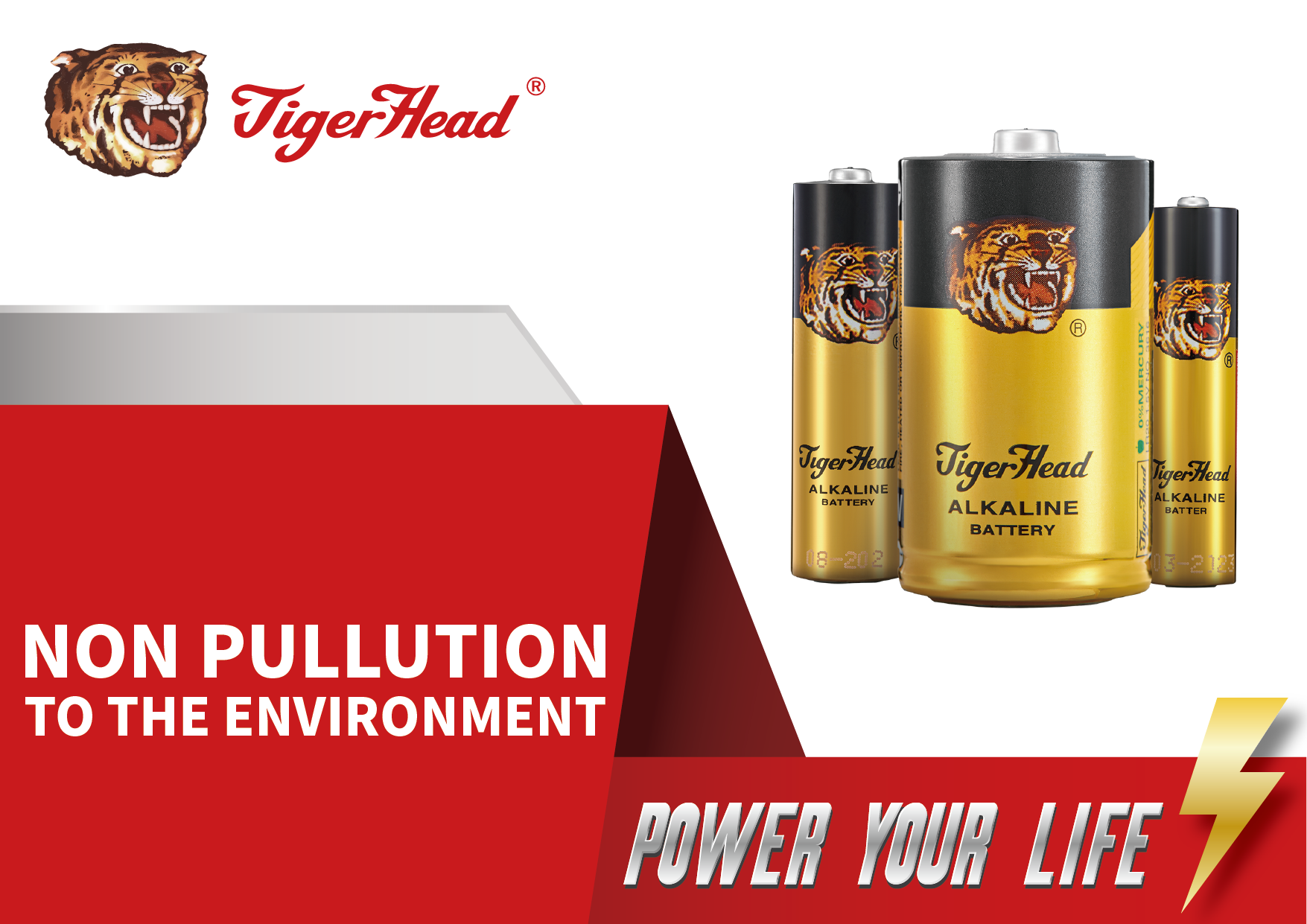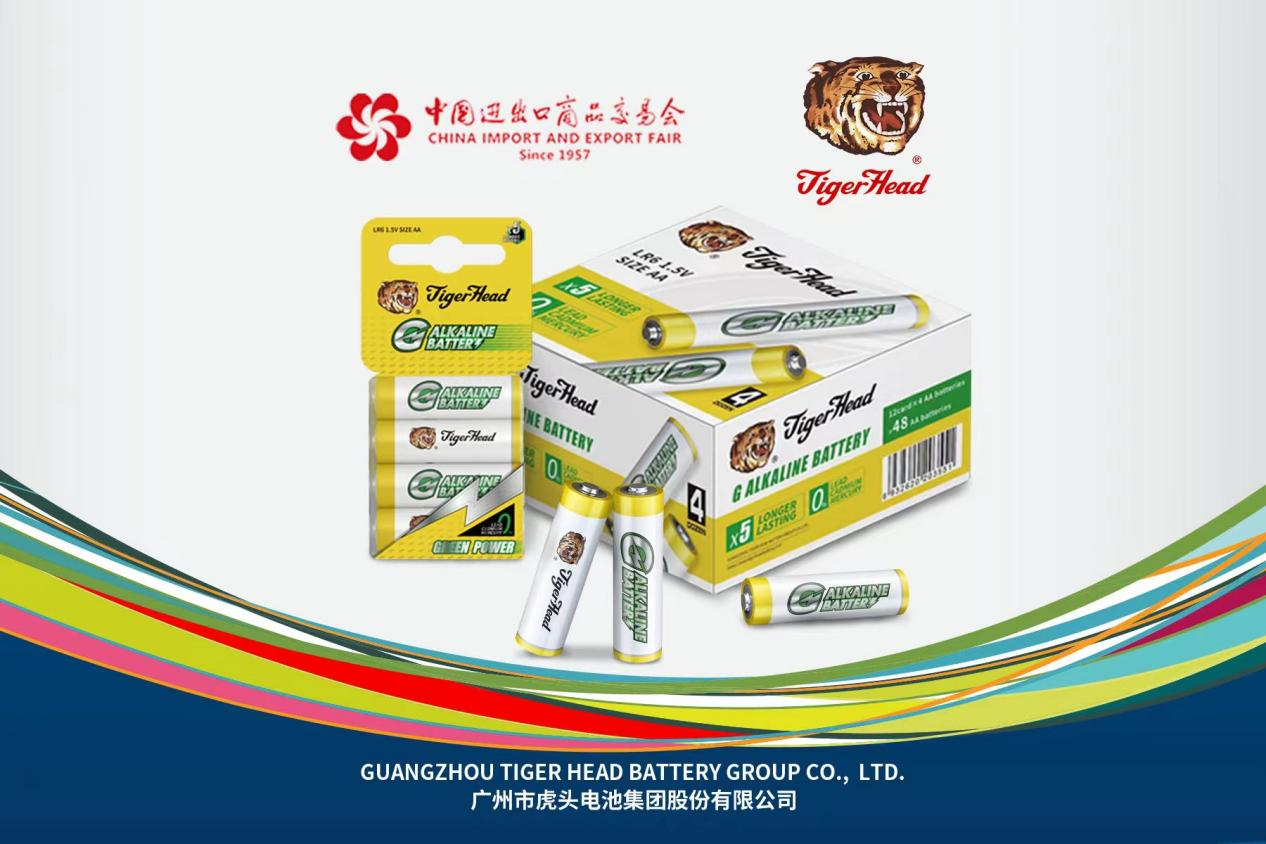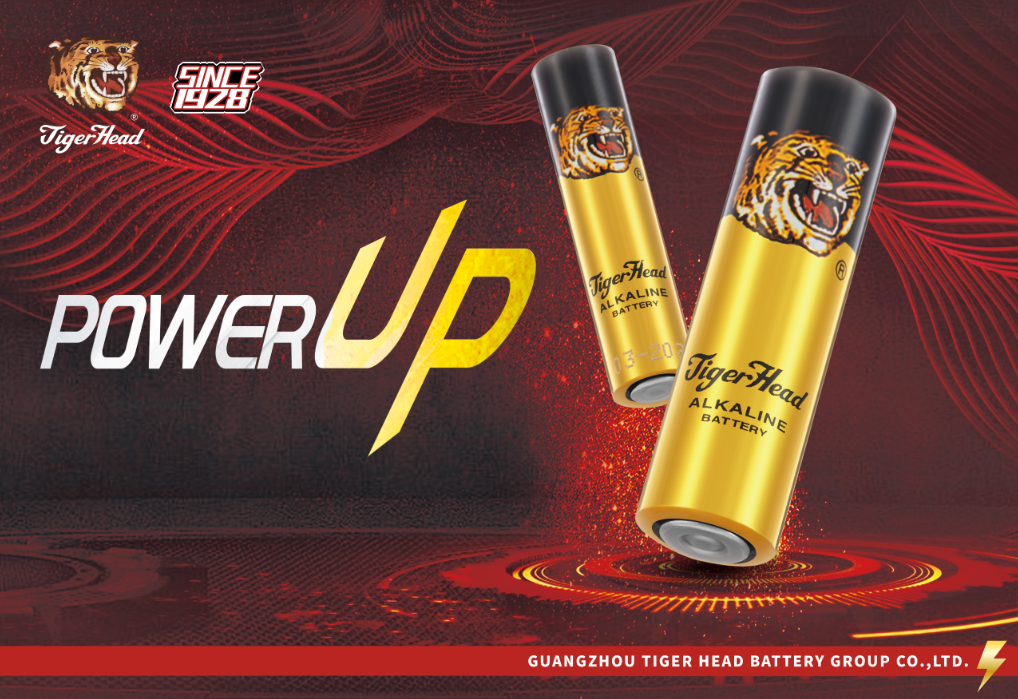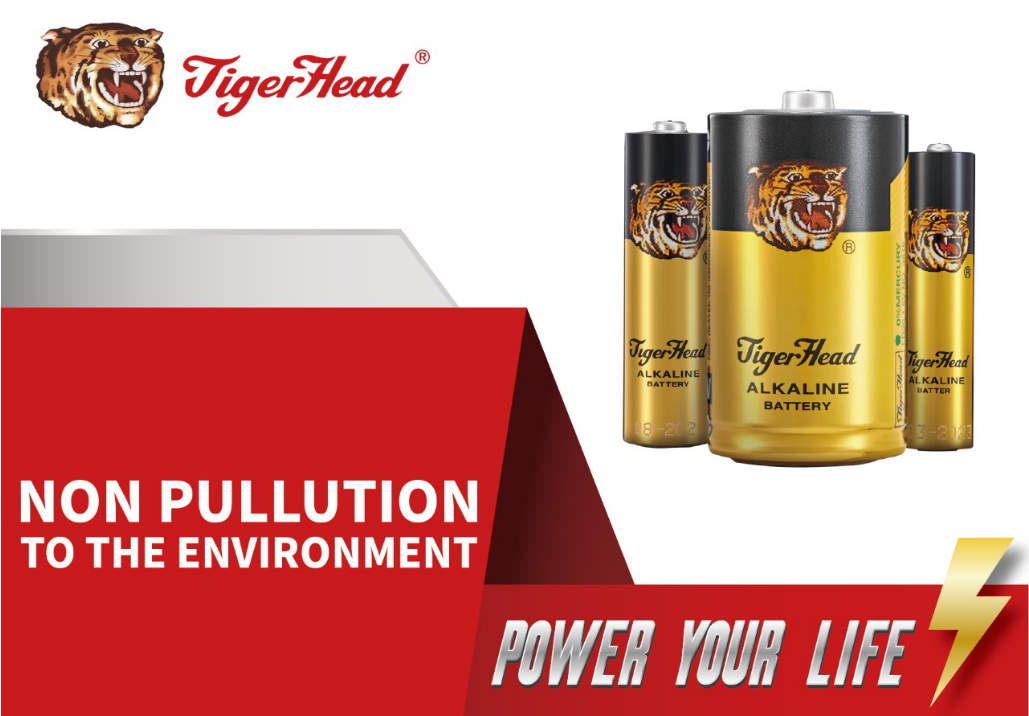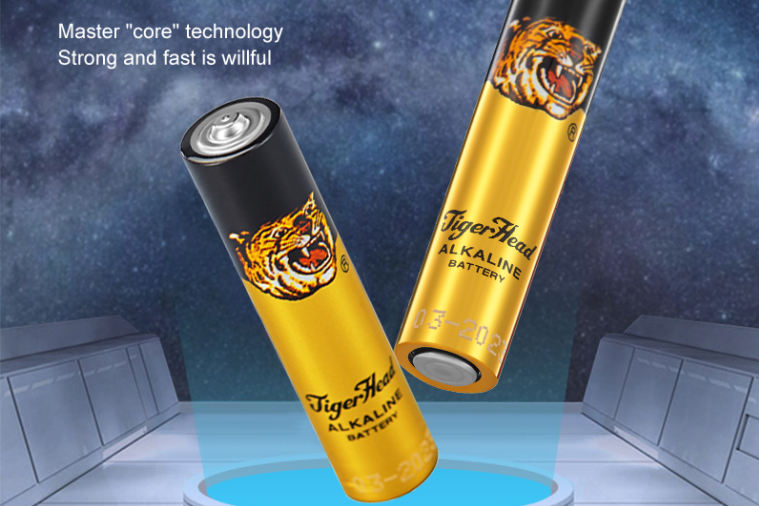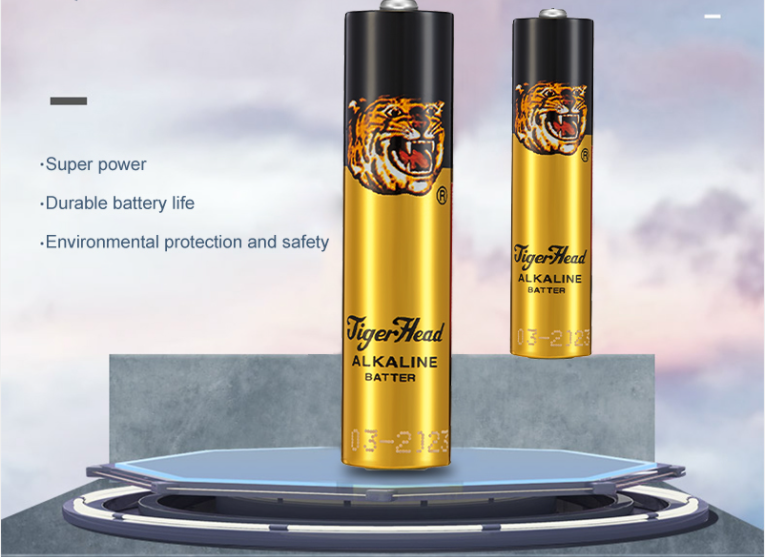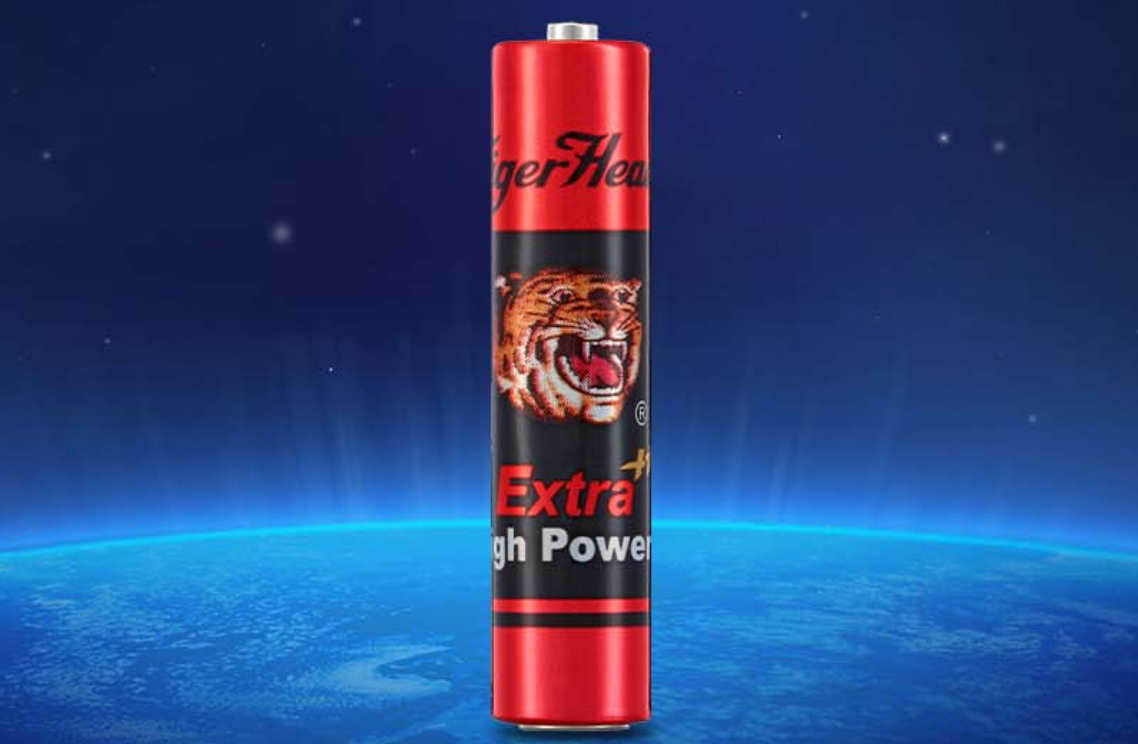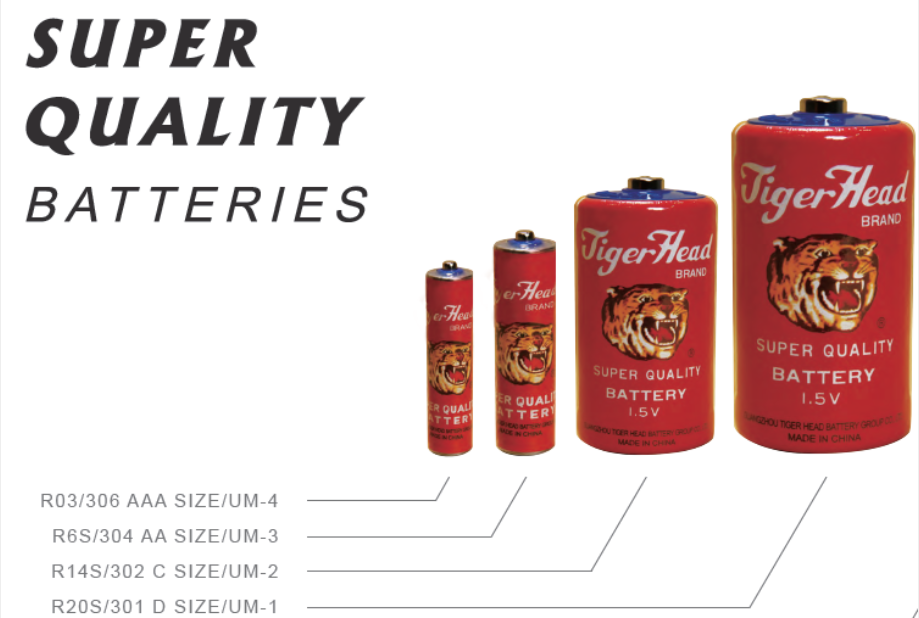Structure of a Dry Cell
A dry cell consists of a metal container in which a low moisture electrolyte paste covers the graphite rod or a metal electrode, and it is a device that generates electricity based on chemical react
Read MoreGrasp the Opportunity of "Online Canton Fair" New Products Empower and Promote the Development
——Tiger Head Group Attended the 131st Online Canton FairOn April 15, 2022, the 131st Canton Fair came as scheduled, and our company started a 10-day "Online Canton Fair Tour". Although the
Read MoreThe 131st Canton Fair│Tiger Head Group invites you to visit online exhibitions!
Tiger Head Battery Group Co., Ltd will participate in the 131st online Canton Fair: Online exhibition time: April 15th - 24th, 2022 We sincerely welcome you to visit our online exhibitio
Read MoreHow to Store Alkaline Batteries
There are many applications of alkaline batteries in daily life, such as remote controls, thermometers, blood pressure monitors, etc. But, should we take out the batteries for storage when t
Read MoreAlkaline Batteries: Mercury Free and Environmentally Friendly
Dry batteries are small, but they are widely used in our daily life. What should we do with dry batteries after they are used up? In the past, it was always said that discarding batteries would c
Read MoreWhy are Alkaline Battery Durable?
Compared with ordinary dry batteries (also known as carbon-zinc dry batteries), alkaline battery have the advantages of durability, large current flow, long storage life, and anti-corrosion. The
Read MoreWhat Battery is Used in the Remote Control Battery
Summer is coming, and the air conditioner remote control, which has been put on hold for nearly a year, is about to be reused. We need to replace the battery of the remote control. But&
Read MoreWhat are Carbon Zinc batteries Used for?
The carbon-zinc battery, also called the Leclanché cell, is a traditional general-purpose dry cell. It provides direct electric current from the electrochemical reaction between zinc and mangan
Read MoreStructure Analysis of Carbon-zinc Battery
The full name of carbon battery should be carbon-zinc battery (because its positive electrode is generally carbon rod and negative electrode is zinc skin), also known as zinc-manganese battery, is the
Read More
